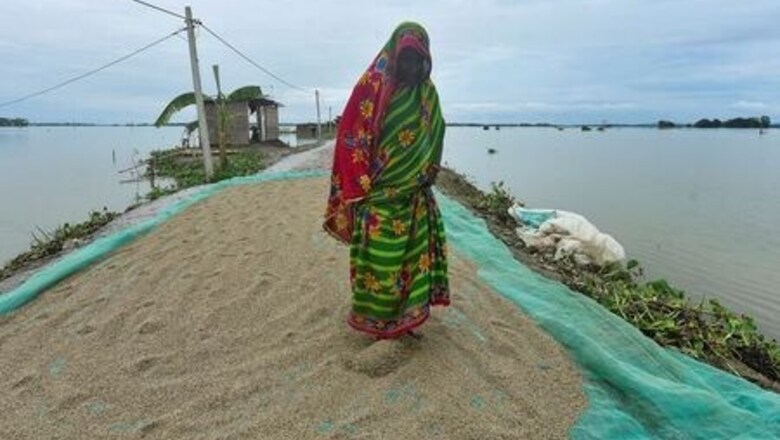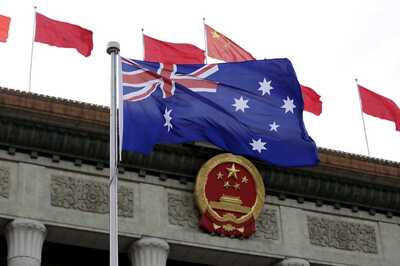
views
Indian rice export prices rose for a third straight week with buyers turning to cheaper grain from the top hub, which continued to grapple with monsoon floods and a worsening pandemic, while concerns over low rainfall buoyed Thai rates.
Rates for India’s benchmark 5% broken parboiled variety climbed to $384-$390 per tonne from last week’s $383-$389, as floods also curtailed rice milling with monsoon rains likely to remain heavy for the rest of the month.
Until last week, planting of rice, the key summer crop, stood at 37.8 million hectares, against 33.9 million hectares during the same time last year.
However, buyers from Africa are making inquiries as prices have gone up in Thailand and Vietnam, said an exporter based at Kakinada, the country’s biggest rice-handling port in the state of Andhra Pradesh.
Inconsistent rainfall in some rice-growing provinces in Thailand fueled fears of lower yield in 2020-21, with traders also warning of a disappointing off-season crop.
Thai 5% broken rice prices rose to $500-$520 per tonne from $480-500 last week.
Prices for Vietnam’s 5% broken rice remained unchanged for a second consecutive week at $480-$490 a tonne, with traders expecting prices to stay high over the coming weeks, amid higher demand from China, which has also been suffering from floods.
Exporters cannot sign any new export contracts because of scarce domestic supplies and are focusing on fulfilling contracts signed with Malaysia, the Philippines and Cuba instead, a trader based in Ho Chi Minh City said.
Floods damaged crops worth $4.29 billion on more than 100,000 hectares in Bangladesh as well, pushing up domestic prices of the staple, the country’s Agriculture Ministry said.
Bangladesh, the world’s third-biggest rice producer, often relies on imports to cope with shortages caused by floods and droughts.
Disclaimer: This post has been auto-published from an agency feed without any modifications to the text and has not been reviewed by an editor


















Comments
0 comment